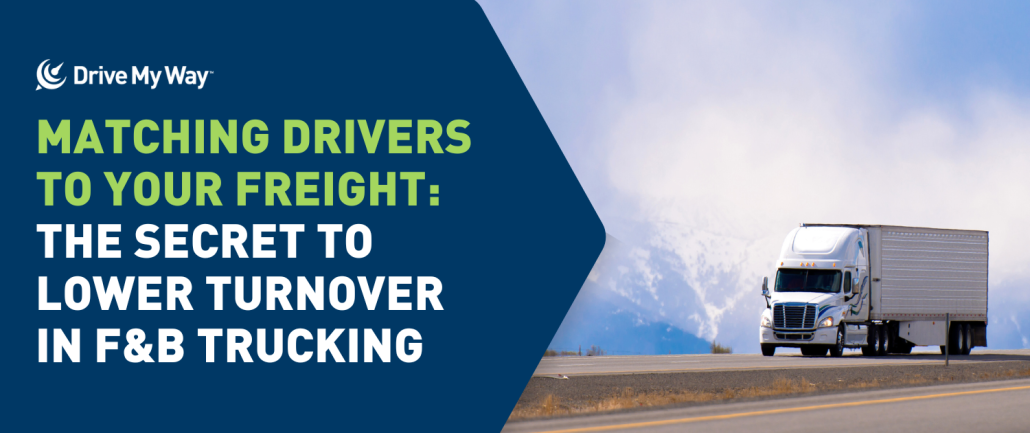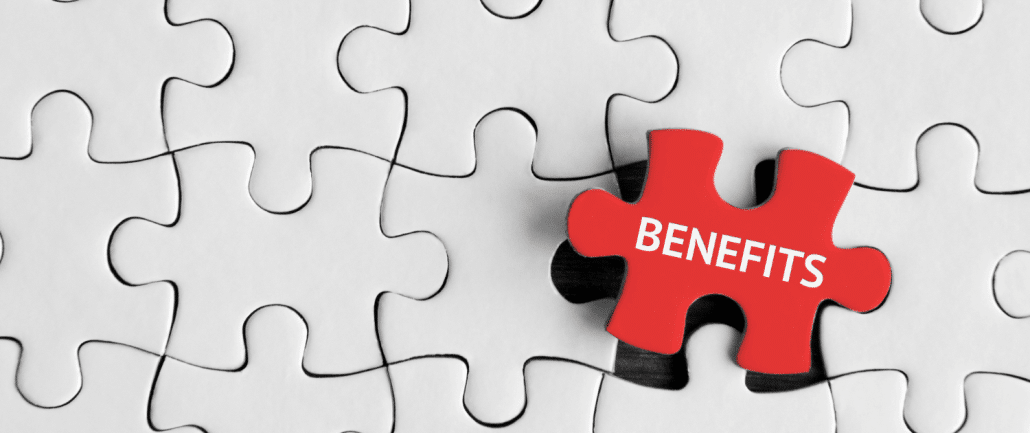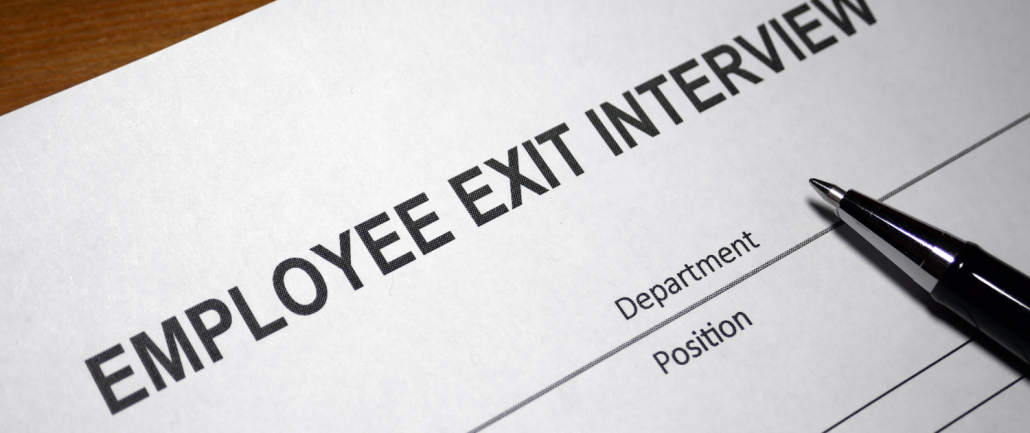 As the trucking industry moves into 2026, drivers are becoming more vocal and more selective about what they expect from employers. Competitive pay will always matter, but today’s drivers are looking beyond a paycheck alone. Quality of life, respect, transparency, and long-term stability are now central to how drivers evaluate a job.
As the trucking industry moves into 2026, drivers are becoming more vocal and more selective about what they expect from employers. Competitive pay will always matter, but today’s drivers are looking beyond a paycheck alone. Quality of life, respect, transparency, and long-term stability are now central to how drivers evaluate a job.
Drivers have more information and more options than ever before. Online reviews, social media, and peer recommendations allow them to compare companies quickly. Employers that want to attract and retain drivers in 2026 will need to understand what truly matters behind the wheel.
Here are the key things drivers want from employers heading into 2026.
Fair Pay With Clear Transparency
Pay remains the foundation of any driving job, but drivers increasingly want clarity alongside competitive rates. This means clear explanations of how pay is calculated, when raises are reviewed, and how bonuses or incentives work.
Drivers want to know exactly what they will earn per mile, per stop, or per load, and how factors like detention, layovers, or breakdowns are compensated. Unclear pay structures create frustration and mistrust, while transparency builds confidence and loyalty.
In 2026, drivers are also paying closer attention to consistency. Predictable income matters just as much as high advertised rates.
Reliable Home Time and Scheduling
Work life balance continues to rise in importance for truck drivers. While many drivers understand the demands of the job, they still want realistic schedules and dependable home time.
Drivers want employers who set clear expectations about routes, time off, and flexibility from the beginning. Missed home time is one of the fastest ways to lose trust, especially when promises are not kept.
More drivers are prioritizing regional, dedicated, or flexible scheduling options that allow them to plan personal commitments without constant uncertainty.
Respect and Professional Treatment
Drivers want respect in how they are scheduled, communicated with, and supported. Respect shows up in many ways, including how dispatch communicates, how concerns are handled, and how feedback is received.
Employers who listen to drivers, respond to issues, and value driver input will stand out in 2026. Simple actions like timely communication, polite interactions, and follow through that shows you’re listening to their concerns make a meaningful difference.
Drivers also want employers to recognize experience in practical ways, such as safety awards, performance-based recognition, and confidence in their decision making on the road.
Better Equipment and Safety Support
Reliable, well maintained equipment remains a top priority for both driver retention and overall company reputation. Drivers want trucks that are safe, comfortable, and equipped with modern technology that supports their work rather than complicates it.
Safety policies also matter. Drivers want employers who prioritize preventive maintenance, realistic delivery schedules, and safety over speed. A strong safety culture signals that a company values driver well-being.
In 2026, drivers are sure to be aware of how equipment quality affects their health, stress levels, and overall performance.
Strong Benefits and Wellness Resources
Benefits are no longer viewed as extra optional add-ons. Drivers want health insurance, retirement options, paid time off, and access to wellness resources that support both physical and mental health.
Mental health support, stress management tools, and wellness programs are becoming more important as drivers acknowledge the challenges of long hours and time away from home.
Employers who offer meaningful benefits show drivers that they care about long term well-being, not just productivity.
Opportunities for Growth and Stability
Many drivers want to know that their job has a future, and that their employer is truly invested in their professional development. This may include opportunities for higher paying routes, training programs, mentoring roles, or transitions into other positions within the company.
Drivers are also seeking stability. Clear company goals, consistent freight, and honest communication about business changes help drivers feel secure.
Companies that listen, adapt, and put drivers first will stand out in an increasingly competitive market. When drivers feel supported and valued, everyone benefits, from safer roads to stronger fleets and better service overall.
For more ways to stay ahead of the curve in the transportation industry in 2025, be sure to check out the rest of our Employer Blog posts and connect with us on social media.








 When a truck driver hands in their notice, many companies treat the departure as a done deal rather than a final opportunity.
When a truck driver hands in their notice, many companies treat the departure as a done deal rather than a final opportunity. 

